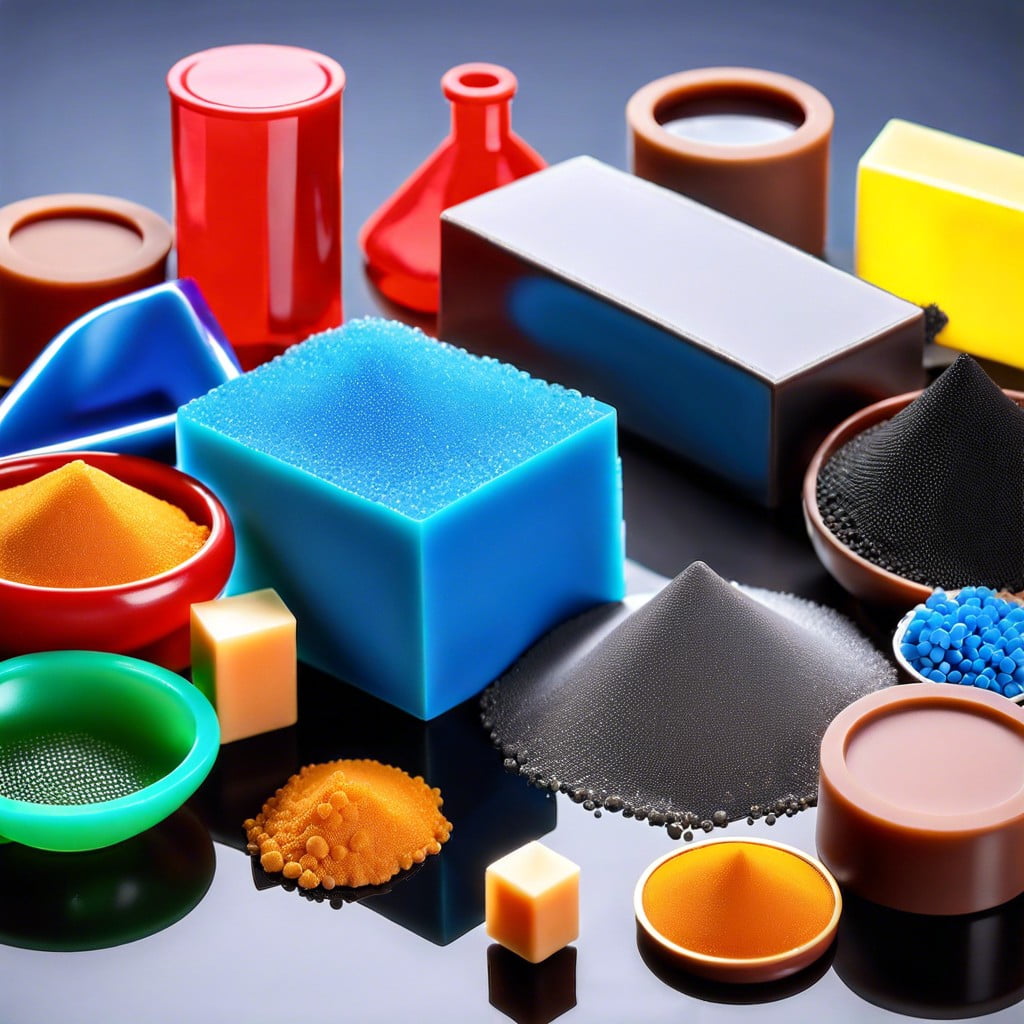Discover the versatile world of ACS Applied Polymer Materials and how they revolutionize construction with innovative solutions for enhanced durability, sustainability, and efficiency.
Key takeaways:
- Advanced synthesis and characterization techniques for polymers
- Polymers in construction for durability, insulation, and structural capacity
- Manuscript preparation: abstract, IMRaD format, clear communication, figures and tables
- Editorial policies: peer review, ethical guidelines, conflicts of interest
- Publication and patent dates: file patents before public disclosure
Scope of the Journal

“ACS Applied Polymer Materials” is a journal that focuses on multidisciplinary research surrounding the practical applications of polymers and soft materials. Its areas of interest include but are not limited to:
- Advanced synthesis and characterization techniques for novel polymers
- Polymer-based biomaterials and their interactions with living organisms
- Development of polymers for sustainable energy solutions such as solar cells and batteries
- Smart polymers that respond to external stimuli for applications in sensors and actuators
- Polymers in construction, providing innovative solutions for durability, insulation or structural capacity
- Recycling and re-use strategies for polymer materials to encourage sustainability
The journal serves as a platform for scientists to share findings that push the envelope in polymer science and its practical applications, bridging the gap between fundamental research and marketable technologies.
Manuscript Preparation
When preparing your manuscript for “ACS Applied Polymer Materials,” focus on clear and concise communication. Begin with an abstract that summarizes your research, highlighting the significance and novel aspects within 250 words. Structuring the main body, adhere to the IMRaD format: Introduction, Methods, Results, and Discussion, allowing readers to follow your work logically.
Ensure that your methods section details the experimental procedures and materials used, so that fellow researchers could reproduce your work if needed. Present results with clarity, using figures and tables where they add value to the narrative. The discussion should interpret these findings, connecting them to existing knowledge and discussing the implications for the field.
Citations must be accurate and complete, following the ACS Style Guide. Prepare graphical elements, such as charts and diagrams, in high resolution and consider color schemes for readability by those with color vision deficiencies.
Completeness is essential; append supporting information, such as spectra and detailed protocols, to reinforce the main text. Before submission, check the manuscript against the journal’s checklist to ensure compliance with all guidelines. By adhering to these steps, your manuscript will be well poised for the peer-review process.
Editorial Policies
The journal enforces stringent editorial standards ensuring the integrity and quality of published research. Key points include:
- Peer Review Process: Submitted manuscripts undergo rigorous peer evaluation by experts, maintaining scholarly standards and supporting scientific progress.
- Ethical Guidelines: Authors must adhere to ethical practices, including accurate data representation and acknowledging sources to avoid plagiarism.
- Conflicts of Interest: Authors, reviewers, and editors must disclose any potential conflicts of interest to preserve transparency and trust in the published research.
- Authorship Criteria: Individuals listed as authors must have contributed significantly to the research and manuscript preparation, as well as approve the final version.
- Originality and Novelty: Research must present original findings or novel applications of polymer materials, contributing to the field’s advancement.
Prior Publication Policy
The American Chemical Society (ACS) Applied Polymer Materials journal outlines specific guidelines regarding prior publication. These rules help maintain the novelty and originality of the content published. Key points include:
- Original Content: Research that is submitted must not have been published elsewhere in any significant part, except as a brief abstract or as part of a thesis, presentation, or conference proceeding.
- Disclosure Requirement: Authors must disclose any instance of their work being shared in a public space such as databases or online platforms. The editorial team considers the extent of this exposure to decide on the manuscript’s eligibility.
- Embargo Policy: Upon acceptance, sharing research publicly before publication is restricted to ensure the integrity of the peer-review process.
- Preprint Servers: Depositing preliminary versions of the manuscript on recognized preprint servers for community feedback is generally allowed; however, authors should check with the journal’s specific policy.
Understanding these points helps authors navigate the submission process, respecting the journal’s commitment to originality and scholarly value.
Publication Date and Patent Dates
Understanding the relationship between publication and patent dates is crucial for researchers in the field of applied polymer materials. The date a research article is published can affect the novelty requirement of a patent application. Here are key points to keep in mind:
- Patent applications should be filed before any public disclosure of the invention, including scholarly publication, to safeguard the novelty of the invention.
- Many countries adhere to a “first to file” system, meaning the first person to file a patent application for an invention will have priority.
- Some jurisdictions offer a grace period after publication during which a patent may still be filed, but this is not universal. It’s important to check each country’s rules.
- Timely communication with your institution’s technology transfer office or patent attorney is vital before submitting your research to a journal like ACS Applied Polymer Materials.
Keeping these points in mind will help protect your intellectual property while sharing your discoveries with the scientific community.
Recap




